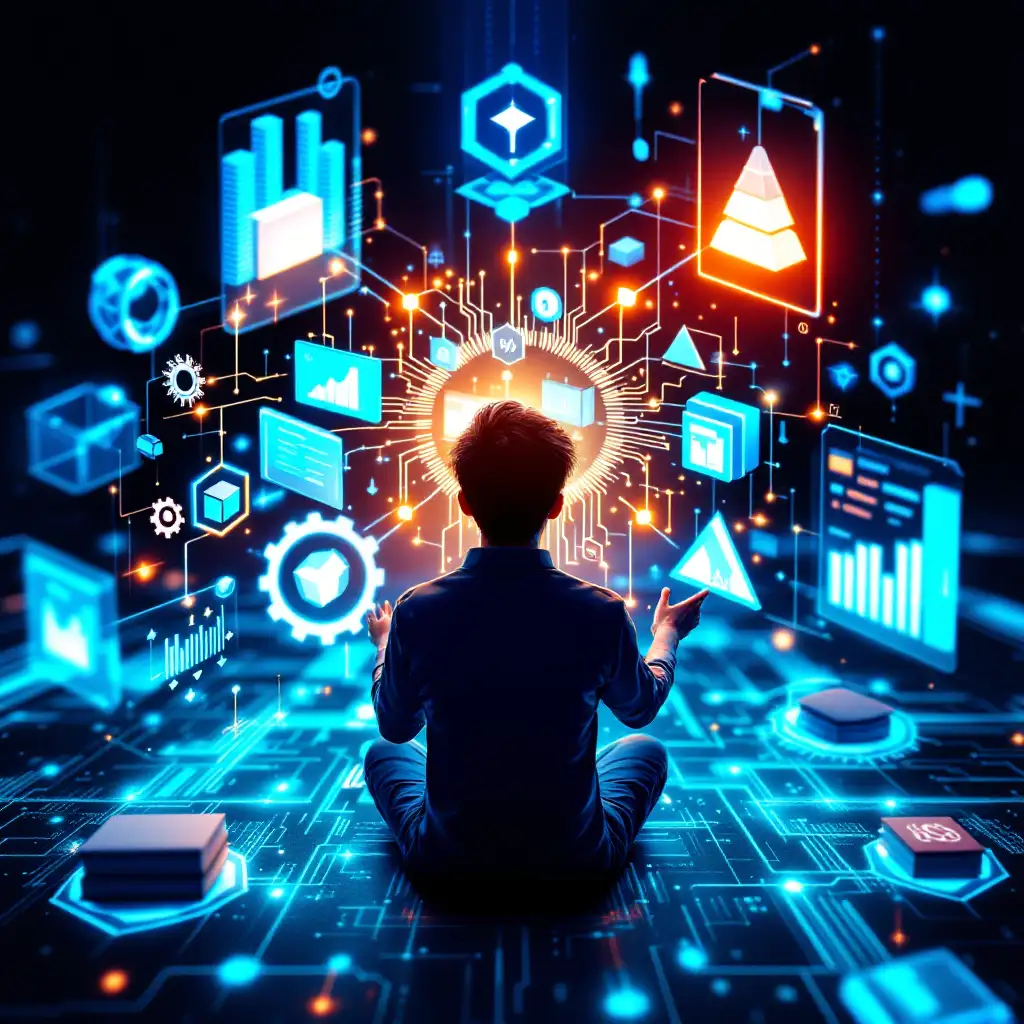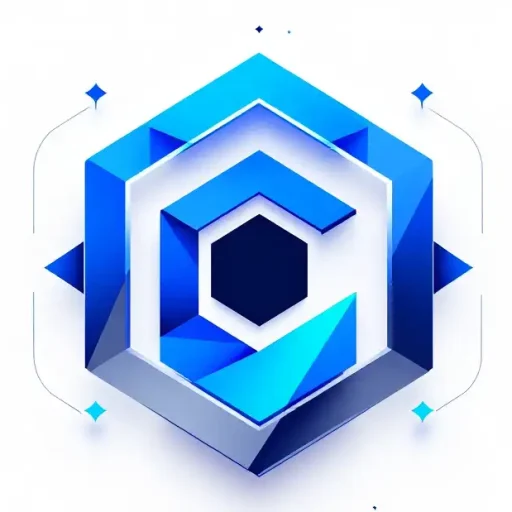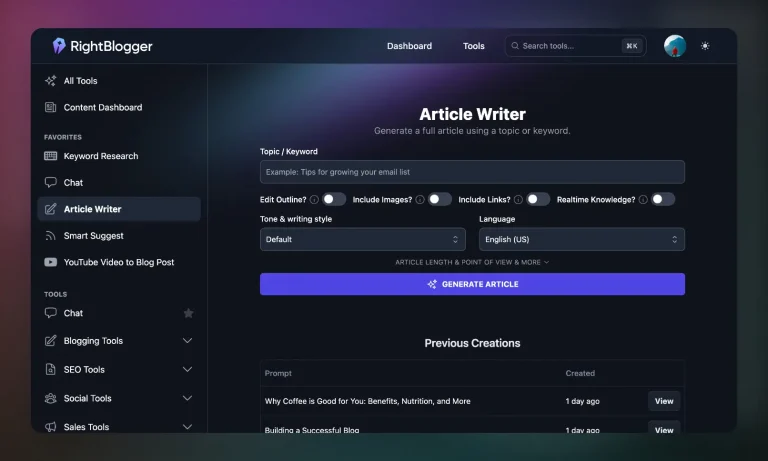Introduction: Embracing the Digital Shift in Education
In today’s rapidly evolving world, digital learning transformation strategies have become essential for institutions aiming to stay relevant and effective. With the rise of online learning, virtual classrooms, and AI-driven education tools, schools and universities must adapt or risk falling behind.
The global shift to e-learning implementation is not just a temporary trend—it is the foundation of a smarter, more accessible future in education.

What is Digital Learning Transformation?
At its core, digital learning transformation refers to the integration of technology, digital tools, and modern pedagogical approaches into the learning environment. Unlike traditional methods, which rely heavily on in-person lectures and printed materials, digital transformation uses platforms like Learning Management Systems (LMS), interactive content, and real-time data to enhance both teaching and learning.
It’s not just about going online—it’s about rethinking how learning happens, supported by innovation and education technology strategies.
Why Digital Learning Transformation Matters in 2025 and Beyond
Here’s why education institutions across the globe are investing in digital transformation:
- 🌍 Global accessibility: Students can access education regardless of geography.
- 💡 Personalized learning: AI and analytics help tailor content to each learner.
- 📈 Better outcomes: Digital tools improve engagement and knowledge retention.
- 🧑🏫 Teacher empowerment: Educators gain new tools for instruction and assessment.
According to UNESCO, digital education enhances inclusivity and lifelong learning opportunities. As we approach a future of blended and hybrid learning, the time to act is now.
Key Pillars of a Successful Digital Learning Strategy
To implement an effective transformation, institutions should focus on the following pillars:
1. Technology Infrastructure
Ensure reliable internet connectivity, hardware (laptops, tablets), and digital platforms are available. Cloud-based solutions and cybersecurity must be considered.
2. Curriculum and Digital Content
Develop or adapt curriculum that supports interactive, multimedia-rich learning. Align content with national or international standards and integrate assessments.
3. Teacher Training and Support
Educators need professional development programs to master digital pedagogy. Training should cover:
- Using LMS platforms
- Digital classroom tools
- Online student engagement techniques
4. Student Engagement and Support
Use gamification, quizzes, discussion forums, and real-time feedback to keep students involved. Incorporate platforms like Kahoot! or Google Classroom.
Challenges in Implementing Digital Learning Transformation
While the benefits are clear, institutions may face obstacles such as:
- Limited infrastructure in rural areas
- Budget constraints for devices and platforms
- Resistance to change from faculty or administration
- Digital literacy gaps among staff or students
A report by World Bank Education highlights that digital divides still pose a significant barrier to education equity. Addressing these proactively is part of any robust strategy.
Step-by-Step Guide to Developing a Digital Learning Strategy
Here is a step-by-step process any institution can follow:
- Assess current digital capabilities
- Define educational goals and outcomes
- Select appropriate edtech platforms (e.g., Moodle, Canvas, Zoom)
- Train educators and support staff
- Launch pilot programs and gather feedback
- Measure impact using data analytics
- Iterate and scale institution-wide
This roadmap helps ensure sustainable digital transformation and minimizes risks associated with abrupt changes.
Best Practices from Successful Institutions
Many schools and universities have successfully adopted digital strategies:
“We introduced a flipped classroom model using video lessons and interactive tools. Engagement skyrocketed, and exam performance improved by 18%.”
— Dr. Lucy Morgan, Academic Director at eSchool University
For instance, Arizona State University has become a leader in scalable online learning, offering quality education at reduced costs through innovative platforms and personalized pathways.
The Role of Teachers in Digital Learning Transformation
Teachers are not being replaced by technology—they’re being empowered by it.
Educators must shift from content delivery to facilitating learning experiences. This includes:
- Moderating online forums
- Providing feedback through digital tools
- Using data to adapt teaching styles
Professional growth opportunities are critical. Schools should foster digital pedagogy communities where teachers can collaborate and share best practices.
Top Tools and Platforms for Digital Education
Some of the most effective tools in digital learning include:
- LMS platforms: Moodle, Canvas, Google Classroom
- Video conferencing: Zoom, Microsoft Teams
- Content creation tools: Canva for Education, Powtoon
- Assessment tools: Kahoot!, Quizizz, Edpuzzle
These tools promote collaboration, creativity, and critical thinking, which are core goals of 21st-century learning.
Monitoring, Evaluation, and Continuous Improvement
Digital transformation is a journey, not a one-time project. Institutions should:
- Track student progress through LMS analytics
- Collect regular feedback from students and staff
- Review platform performance and adjust usage
- Stay up-to-date with edtech innovations
Key Performance Indicators (KPIs) may include attendance, assignment completion rates, and exam performance. Tools like Power BI can help visualize progress.
Future Trends in Digital Learning Transformation
Looking ahead, expect to see:
- AI tutors and adaptive learning platforms
- Virtual Reality (VR) and Augmented Reality (AR) learning experiences
- Microlearning modules tailored to fast-paced lifestyles
- Blockchain for credential verification
- Increased focus on mental health and digital wellbeing
Stay prepared by subscribing to trusted edtech sources like EdSurge or Tech & Learning.
Conclusion: Building a Sustainable Digital Learning Culture
Digital learning transformation strategies are more than just tools—they are frameworks for inclusive, effective, and future-ready education. By focusing on infrastructure, content, people, and policy, institutions can create sustainable digital ecosystems.
The journey might be complex, but the payoff is a generation of learners better equipped for tomorrow’s challenges.
❓ FAQs
What is digital learning transformation?
It’s the integration of digital technologies and methods into teaching to enhance learning outcomes, accessibility, and efficiency.
How do you start implementing a digital learning strategy?
Begin by assessing your current tools, defining clear goals, and involving all stakeholders in the planning and training process.
Which tools are most important for digital learning?
LMS platforms, video conferencing tools, content creation tools, and assessment platforms are all essential components.
What challenges should schools expect?
Challenges include technology access, digital literacy, funding limitations, and cultural resistance to change.
How can schools measure the success of digital transformation?
Use analytics, surveys, and academic performance indicators to evaluate progress and adapt accordingly.



